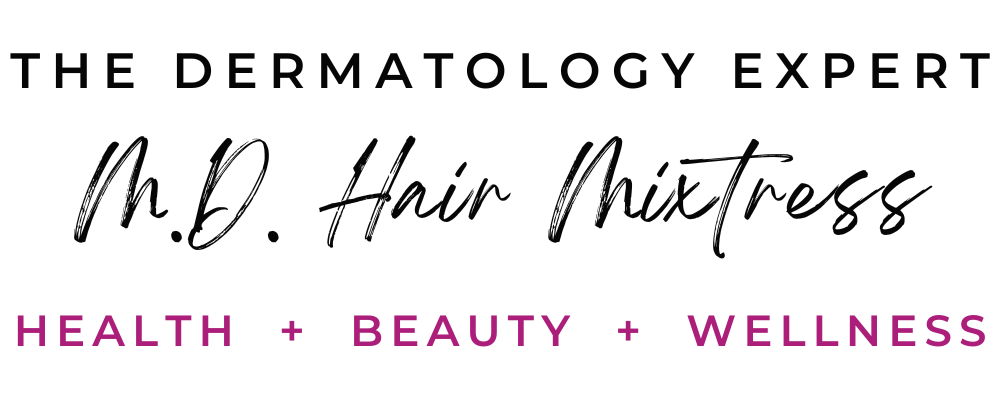Knowing your hair porosity can be key for achieving healthier, stronger and longer hair! Knowing your hair porosity is pretty important. Mastering your hair porosity can guide your choices in everything from hair products and hair style choices to the types of conditioning treatments that you choose to do. If you don’t learn your hair’s porosity, you may be more likely to suffer from hair loss and have problems achieving your hair goals.
What is Hair Porosity?
Hair porosity is essentially a measure of how easily water moves in and out of your hair strands. If you have high porosity hair, it’s easy for water to enter your hair, but it’s also easy for it to exit your hair. As a consequence, people with high porosity hair often have hair that gets dry quite easily. If you have low porosity hair, it’s harder for water to enter your hair; but once it does, it tends to stick around longer. People with low porosity hair often have a problem with product absorption. If you have low porosity hair, conditioners and styling products tend to just sit on your hair, instead of being easily absorbed.
The Hair Cuticle
A key to knowing your hair porosity is understanding the structure of hair. Hair strands have a protective layer on the top of them, called the cuticle. You can think of your hair’s cuticle as a type of shield that works to prevent damage to the underlying hair! The cuticle is like shingles on a roof or shutters on a set of horizontal blinds.
Characteristics of Low and High Porosity Hair
People with low porosity hair have a tight cuticle, which means that the shingles, or slats of the blinds, lay down smoothly and tightly, without many gaps. Water, products, and hair dyes have a hard time penetrating this tight cuticle armor. People with low porosity hair may notice that water tends to ‘bead up’ on their hair when it gets wet.
On the other hand, people with high porosity hair have a more ragged cuticle. Think of the cuticle on high porosity hair as being like an old roof top, or raggedy blinds that don’t shut right! The shingles don’t lie down as flat, and the slats of the blinds don’t close all the way. Some parts of the cuticle (shingles) may even be missing. In high porosity hair, thebhair cuticle has lots of gaps in it, where water and products can easily slip in…and out!
Here are images of the hair cuticle in low and high porosity hair types:

Low porosity hair

High porosity hair
Know Your Hair Porosity
Be aware, you may have low porosity, high porosity or medium (between low and high) porosity hair. Also, on different parts of your head, you may have variations in your hair’s porosity. These variations can depend on both your genetics and the way that you wear and style your hair. Also, remember this: Low porosity hair can become high porosity hair if it’s damaged by too much heat, abrasive chemicals or improper handling.
High porosity hair
- Thinner hair strands
- Dries quickly after wetting
- Tangles more easily
- Breaks easily when pulled
Low porosity hair
- Products tend to sit on the hair (instead of absorbing)
- Hair develops ‘product build up’ more easily
- Hair takes longer to dry
- Water beads on hair when wet
- Hair develops single strand knots more easily
Hair Porosity Tests
There are several ‘porosity tests’ floating around on the internet that are supposed to help you figure out your hair’s porosity. If you’re interested in knowing your hair porosity, it’s important that you be aware that the popular ‘tests’ on the ointernet may not be all that accurate. The float test, which is a popular porosity test, actually may be influenced by things other than your hair’s porosity! Factors that might make the float test inaccurate include:
- Variations in hair density
- Water surface tension
- The external protective lipid coating on the hair
- Hair product on the hair (even if it has been washed)
Conclusion
Hair porosity is a clue to the health and behavior of your hair. Once you have this information, you can look for the products that will serve your hair best.



